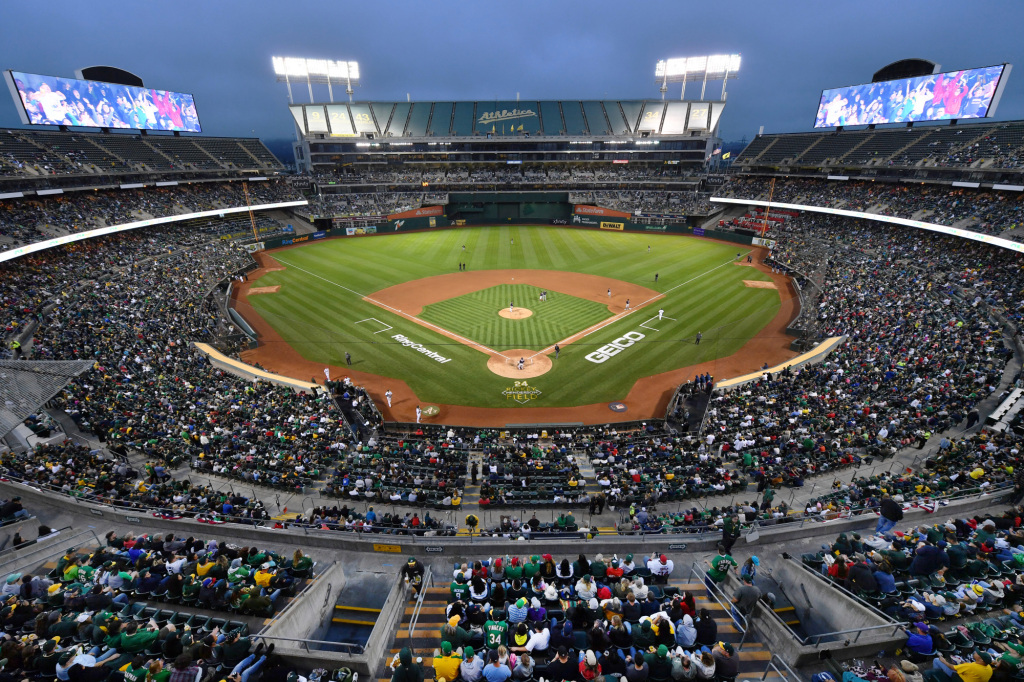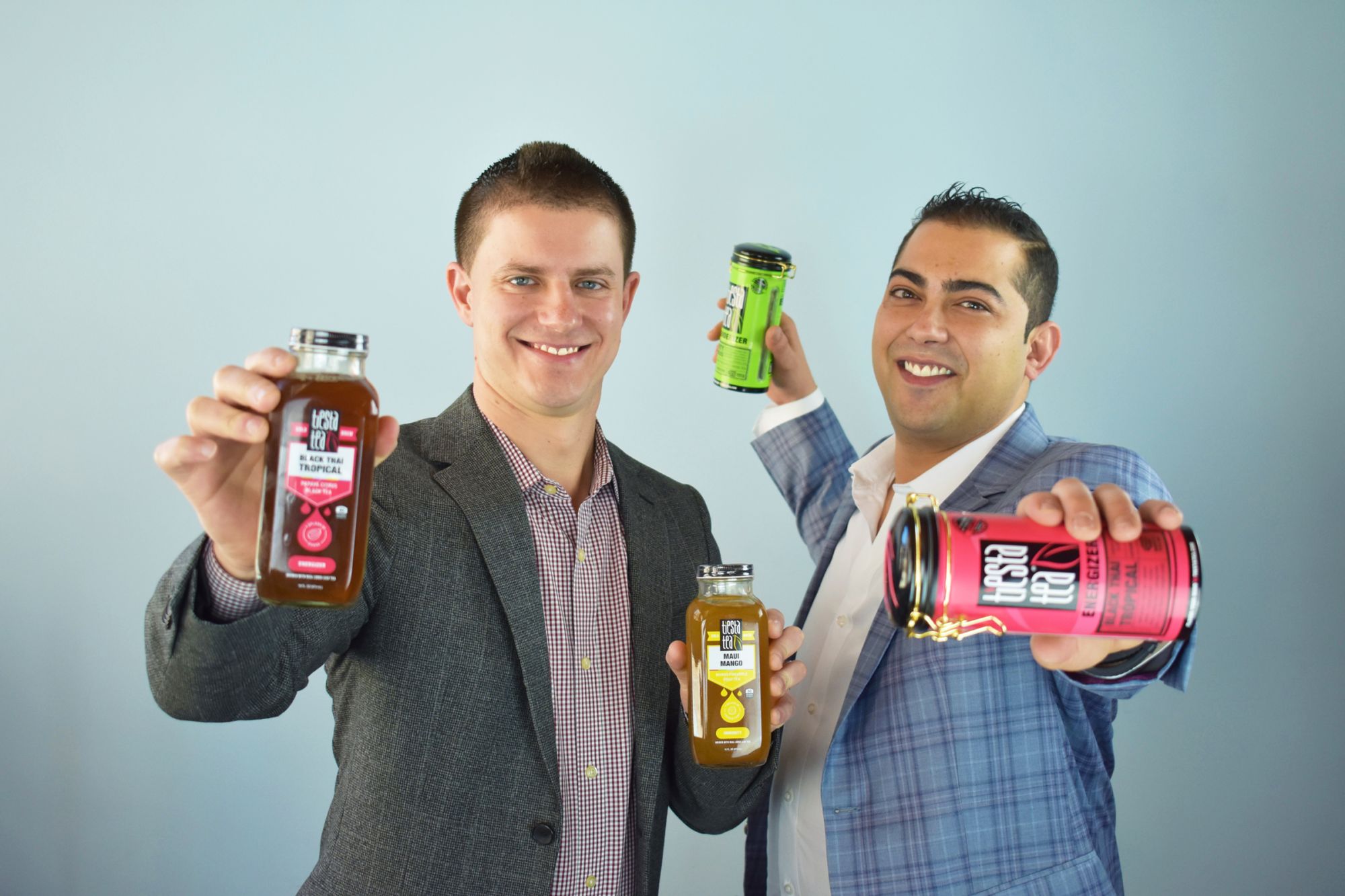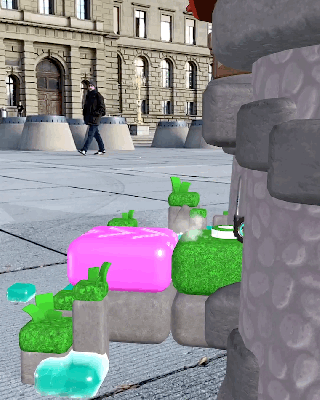OAKLAND — If the A’s end up playing in either a waterfront ballpark in Oakland’s Howard Terminal or a glittering stadium in the Las Vegas desert, the 100-acre Coliseum site off Hegenberger Road could become a desolate, forsaken patch of vacant structures and empty parking lots three years from now unless ambitious plans to prevent that gain traction.
Gone will be the teams that won four World Series, four NBA championships and two Super Bowls while playing there.
“There was a lot of concern in the community that the Coliseum site in East Oakland would be abandoned,” Vice Mayor Rebecca Kaplan said at a recent City Council meeting when both the waterfront ballpark and the Coliseum property were big topics of conversation.
City leaders and two competing Black-led development groups are determined not to let the Coliseum site be abandoned. They believe the prime slice of real estate next to Interstate 880 and BART could be transformed into an oasis of affordable homes, office buildings, stores, restaurants, a museum, playing fields and maybe even a life sciences campus.
Beyond that, both development groups are trying to land a women’s professional basketball team to play in the Golden State Warriors’ previous digs, the Oakland Arena. One group says it’s even exploring the possibility of snagging an NFL expansion team to play in the stadium.
But all those plans can be dashed without cooperation from the A’s, whose “Howard Terminal or Bust” ballpark quest has triggered the scramble to redevelop the Coliseum.
That’s because the A’s own half of the Coliseum property after buying it from Alameda County two years ago for $85 million. Any group that buys the city’s share will have to work with the A’s unless the team sells — or ultimately buys the city’s share.
The county’s decision to sell its half of the site to the A’s without seeking competitive bids “has made it difficult for the city,” said Councilmember Dan Kalb. “There was no agreement that the A’s would stay in Oakland and no likelihood that the A’s would build at the Coliseum.”
The A’s are tight-lipped about their plans for the property. When they bought it, the A’s said their intent was to redevelop the Coliseum site into housing, retail, office and research campus space. They then offered to buy the city’s share so they could become the master developer of the entire property. The city said no to that.
Revenue generated from the Coliseum redevelopment would help pay for construction of the Howard Terminal ballpark and a village of 3,000 homes, offices, hotels and a performing arts center surrounding it, A’s president Dave Kaval said back then.
But in a term sheet the A’s submitted to Oakland officials in April for financing the Howard Terminal ballpark/development, there was no reference to any revenue from a proposed Coliseum redevelopment. And Kaval recently has ducked questions about the A’s plans for the property.
Meanwhile, five groups have expressed interest in redeveloping the city’s Coliseum property, and Oakland plans to negotiate with two of them.
One is the African American Sports and Entertainment Group, which includes founding partner Ray Bobbitt, former Oakland City Manager Robert Bobb, developer Alan Dones, sports agent Bill Duffy and consultant Shonda Scott in partnership with Black-owned investment firm Loop Capital. The group previously announced its intention to reel in a Women’s National Basketball Association expansion team run by Black owners to play in the Arena.
Now that the group has a non-binding agreement with the Oakland-Alameda County Coliseum Authority Board laying out the financial framework for it to use the Arena, Bobbit hopes it can begin negotiating with the WNBA to get a team.
The African American Sports and Entertainment Group also plans to build housing, office space, retail, a life sciences campus and a stadium for an NFL team at the Coliseum site, according to Bobbitt.
The second development group is led by former A’s star pitcher and Oakland native Dave Stewart and certified player agent Lonnie Murray. They’re proposing to revitalize the Oakland Arena for concerts and music production, add youth sports and recreation fields, and build housing, a museum or library, a business incubator, office space, retail and restaurants.
Murray said she and Stewart have been talking with the WNBA about the possibility of bringing a team to Oakland but noted it’s far from a slam dunk.
Some City Council members already have indicated they’re leaning toward the African American Sports Entertainment Group, which Councilmember Loren Taylor called the “front-runner.”
“AASEG has met with over 30 community groups of faith-based institutions, labor organizations, civic leaders and job development organizations, all of which back the mission of AASEG’s economic development plan,” Vice Mayor Kaplan wrote in a memo to her council colleagues last month.
Murray told this news organization that she and Stewart also connected with residents, businesses and groups to develop a solid plan that — with or without an WNBA team — would help spur economic development in East Oakland.
“We’ve sat down with grocery chains about getting a community grocery store. We’ve met with Black-owned banks,” she said.
Councilmember Treva Reid, who represents the East Oakland district that includes the Coliseum, says she’s not ready to side with anyone just yet.
“This process has moved quickly and has not been fully defined,” Reid said. “We have to make sure this process is clear, that it is transparent and that it deeply involves the community.”
Both groups have said they would be willing to work with the A’s, which did not respond to multiple requests for comment about any plans for the Coliseum.
It’s also not clear whether the city will ultimately agree to sell its share to either group. It could reopen the process after six months or explore leasing the site, Councilmember Kalb said.”
No matter what, Kalb said, he’s committed to reaching the best financial arrangement for the city because the development groups are trying to make the best deal.
“Let’s not fool ourselves,” he said.










